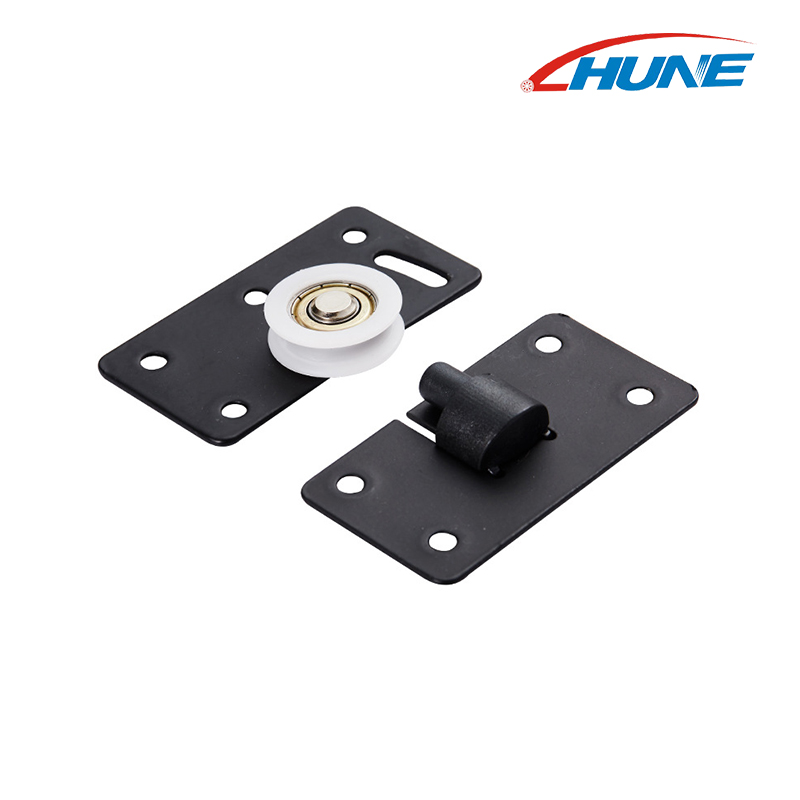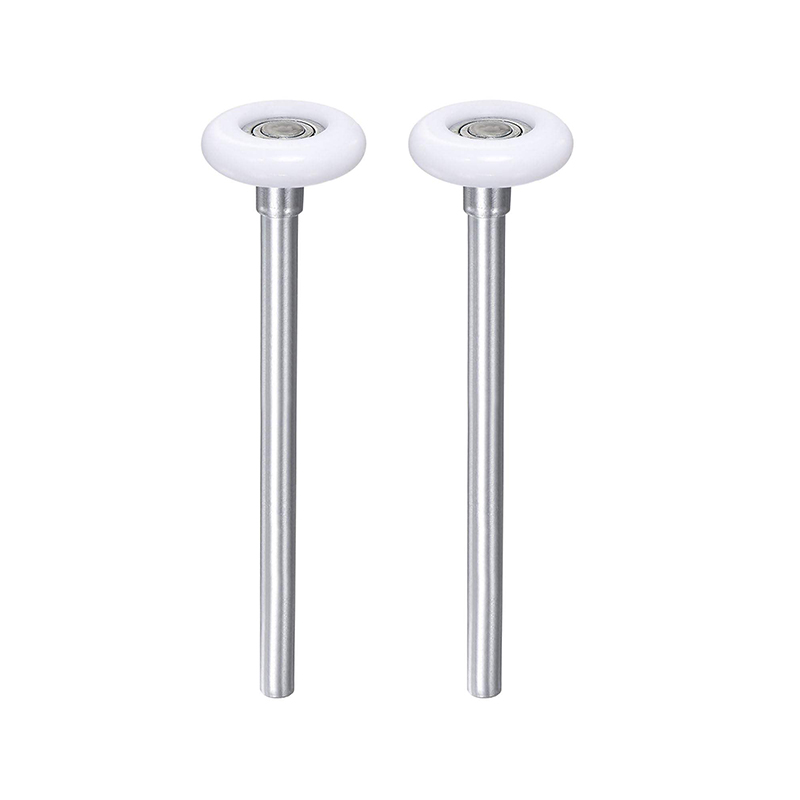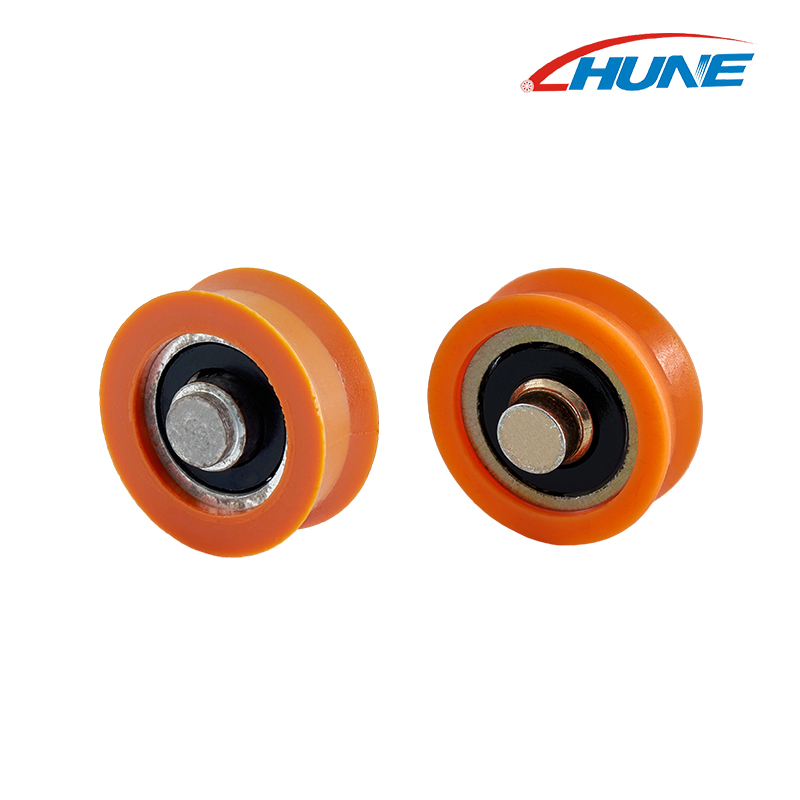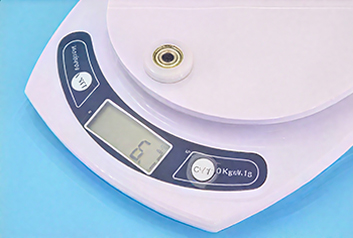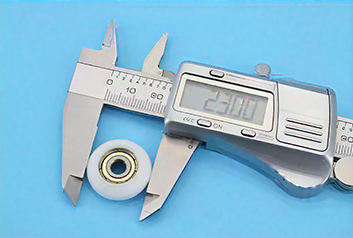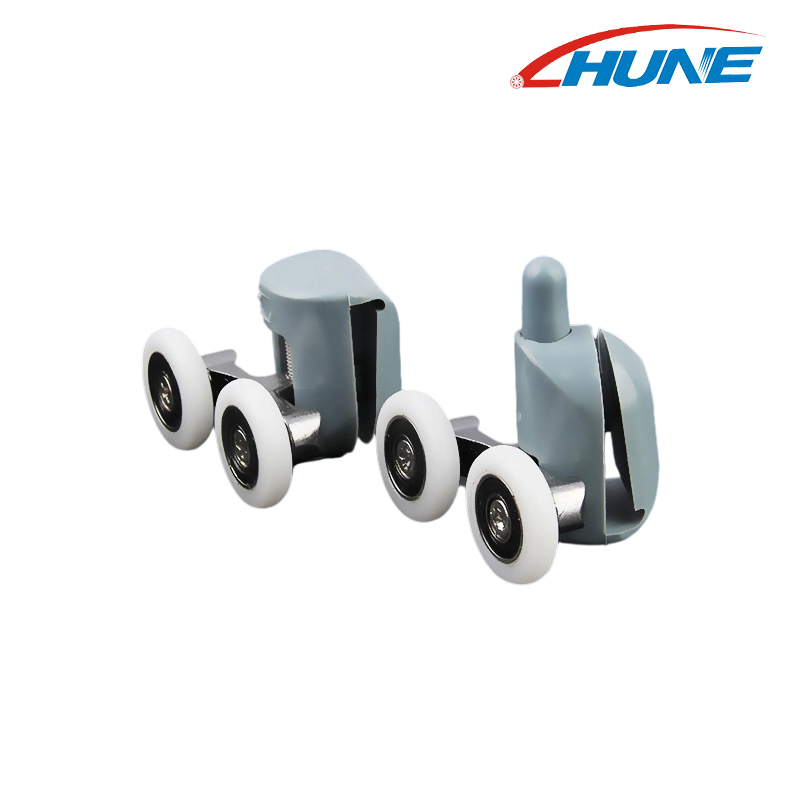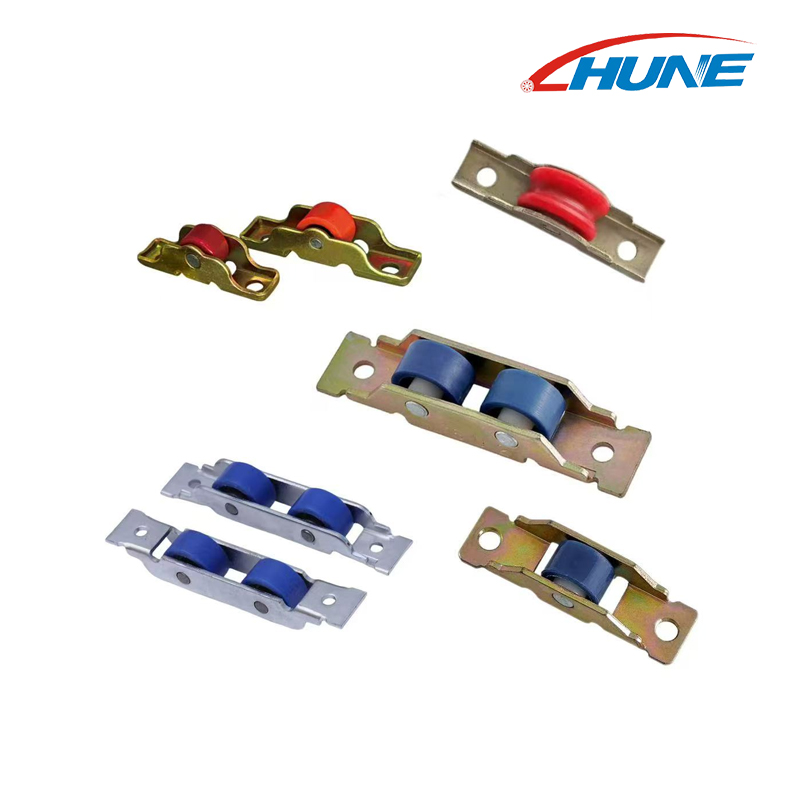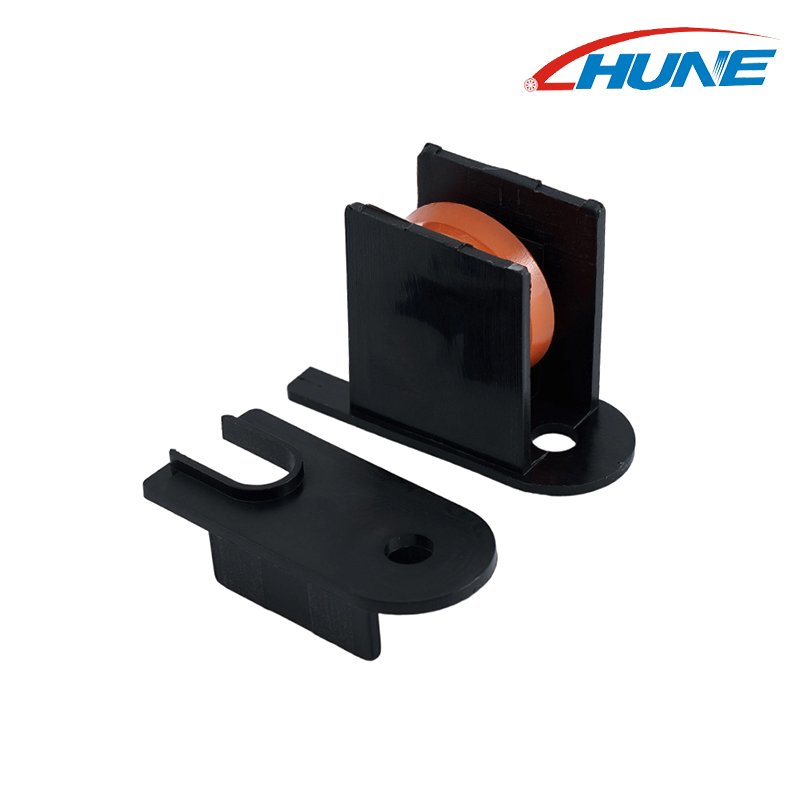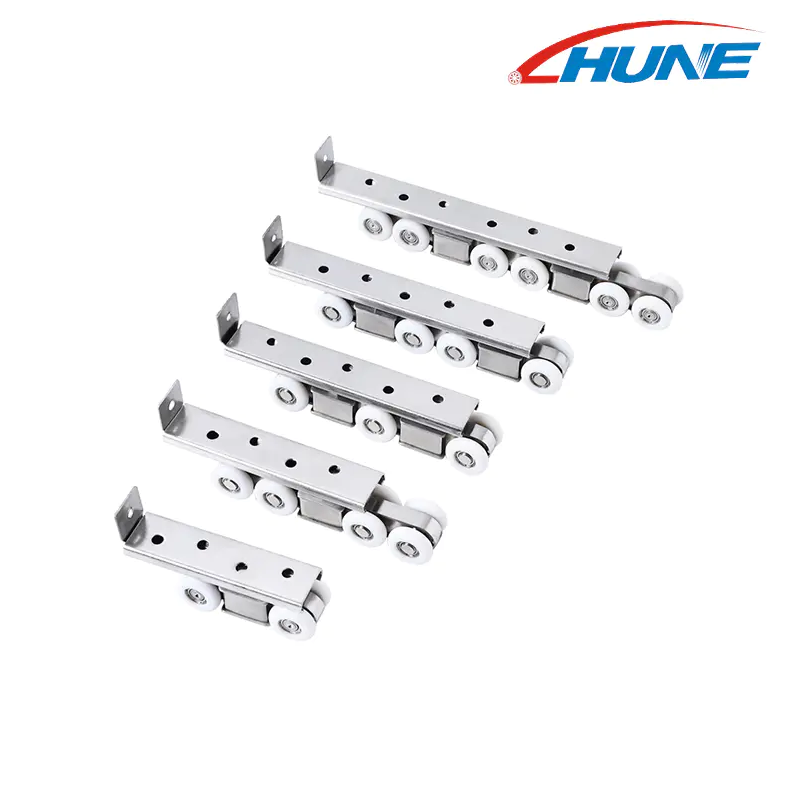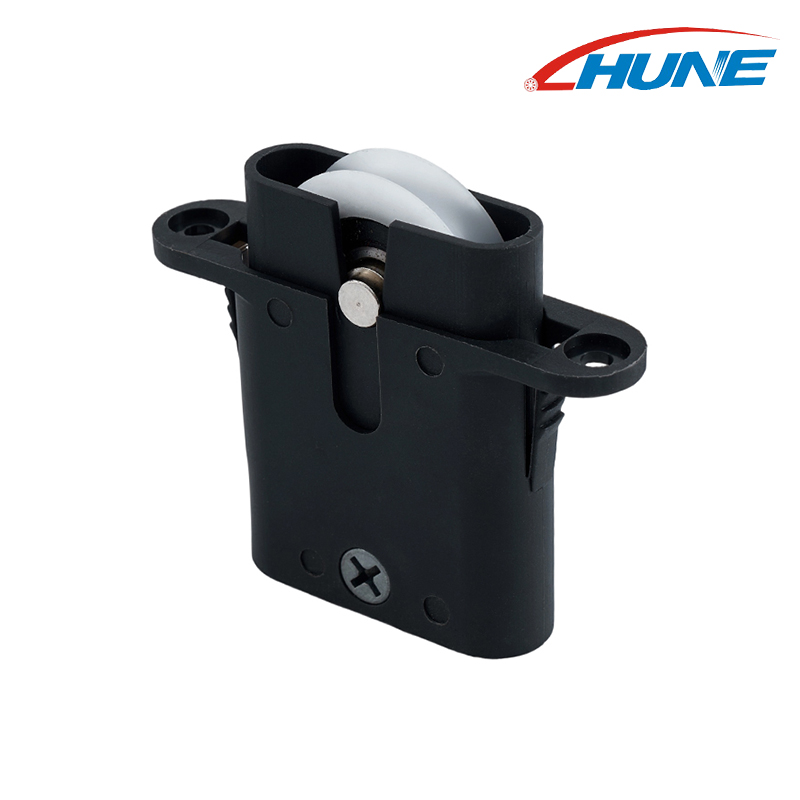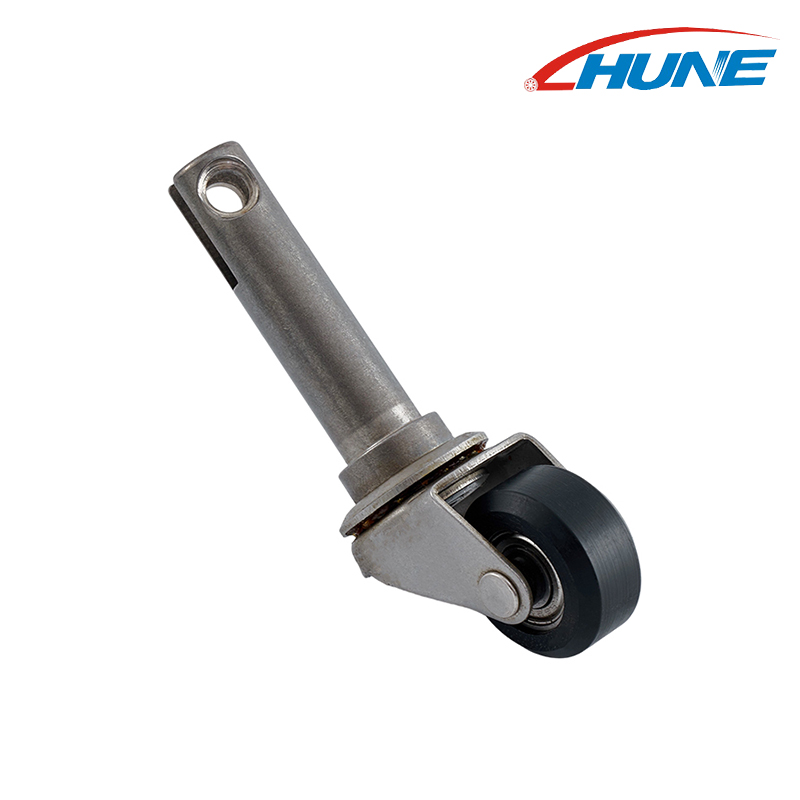Over the past few years, we have diligently pursued higher standards to enhance our product quality, aiming to deliver increased convenience and a better user experience.

-
 0㎡Plant Area
0㎡Plant Area -
 0+Staff
0+Staff -
 0Established in
0Established in -
 0+Exporting Countries
0+Exporting Countries
Furniture Wardrobe Closet Sliding Door Pulley Wheel: A Key Element in Space Optimization
You open the wardrobe door in the morning and it glides open with a whisper—so smooth you barely notice the motion, just the sudden reveal of neatly hung shirts and perfectly aligned shoes. Now imagine the opposite: a stubborn door that screeches, jumps the track, or needs a full-body shove just to grant you access to your own clothes. Same wardrobe, same room, completely different life.
In tight apartments, kids' rooms, or any home where every square meter is precious, sliding doors aren't a luxury—they're a survival tactic. And the unsung hero that decides whether that door feels like a high-end feature or a daily frustration? A tiny component most people never see: the sliding door pulley wheel.
So how can something the size of a cookie transform the way we live in small spaces—and why do so many wardrobes still get it wrong?
Why Sliding Doors Win the Space Game
A traditional hinged door needs a full 90-degree arc of empty floor just to open. In a 9 m² bedroom, that can mean losing almost a meter of usable space every time you want a clean shirt. Sliding doors, by contrast, stay in the same plane as the wall. They don't steal floor area, they don't block walkways, and they allow furniture to be placed right up against the wardrobe. In real numbers: a 2-meter-wide sliding wardrobe saves roughly 1.5–2 m² of floor space compared to hinged doors—enough for a desk, a crib, or simply the ability to breathe.
The Heart of the System: The Pulley Wheel
People see sleek aluminum tracks and glossy panels and assume that's where the magic happens. Wrong. The real work is done by the small wheels (usually 20–40 mm in diameter) that carry the entire weight of the door—often 30–80 kg per panel—day after day.
A high-quality pulley wheel has to do five things perfectly:
- Carry heavy loads without flattening or cracking
- Roll silently—no morning wake-up screeches for the rest of the household
- Resist dust and wardrobe fluff that would jam cheaper bearings
- Stay smooth after thousands of open-close cycles
- Keep the door perfectly level so it never jumps the track
Beyond Silence: Safety and Longevity
In homes with children, a derailed sliding door can be dangerous. A good pulley system includes anti-jump devices and soft-close dampers that prevent fingers from getting pinched. High-end wheels also maintain their roundness for 10–15 years, meaning the wardrobe you buy today still works perfectly when your toddler becomes a teenager.
The Hidden Cost of "Saving" on Wheels
Many furniture makers cut costs on hardware because customers never see it. A beautiful wardrobe might ship with $2 wheels when it should have $8–12 ones. The buyer saves $20–30 at purchase… then spends years annoyed, or hundreds replacing the whole track system when it inevitably fails.
Choosing the Right Sliding Door Pulley Wheel
When selecting a sliding door wardrobe, the quality of the pulley wheel is crucial for ensuring smooth operation and durability. Here are some factors to consider:
- Material: Opt for pulley wheels made from high-quality materials, such as nylon or metal, which offer durability and resistance to wear.
- Weight Capacity: Ensure that the pulley wheel can support the weight of the sliding doors. Heavier doors may require more robust wheels to prevent sagging or malfunction.
- Design: Look for wheels that are designed for quiet operation. This feature is especially important in bedrooms or shared living spaces where noise can be disruptive.
- Track System Compatibility: Ensure that the pulley wheels are compatible with the track system of your wardrobe. A mismatched system can lead to poor performance and increased wear.
Sliding door pulley wheel is an essential component that significantly enhances the functionality and efficiency of wardrobe closet systems. By enabling smooth and effortless operation, these wheels not only save space but also contribute to a more organized and visually appealing environment. As we continue to seek innovative solutions for maximizing our living areas, the importance of such design elements cannot be overstated.
At Hune, we are committed to providing high-quality furniture solutions that incorporate the latest advancements in design and functionality. Our sliding door systems are equipped with durable and reliable pulley wheels, ensuring that your wardrobe operates seamlessly while optimizing your space. Whether you're looking to revamp your closet or create a new storage solution, investing in quality components like those from Hune can make all the difference. So, are you ready to transform your space with the power of sliding door technology?






 English
English  Español
Español  日本語
日本語 